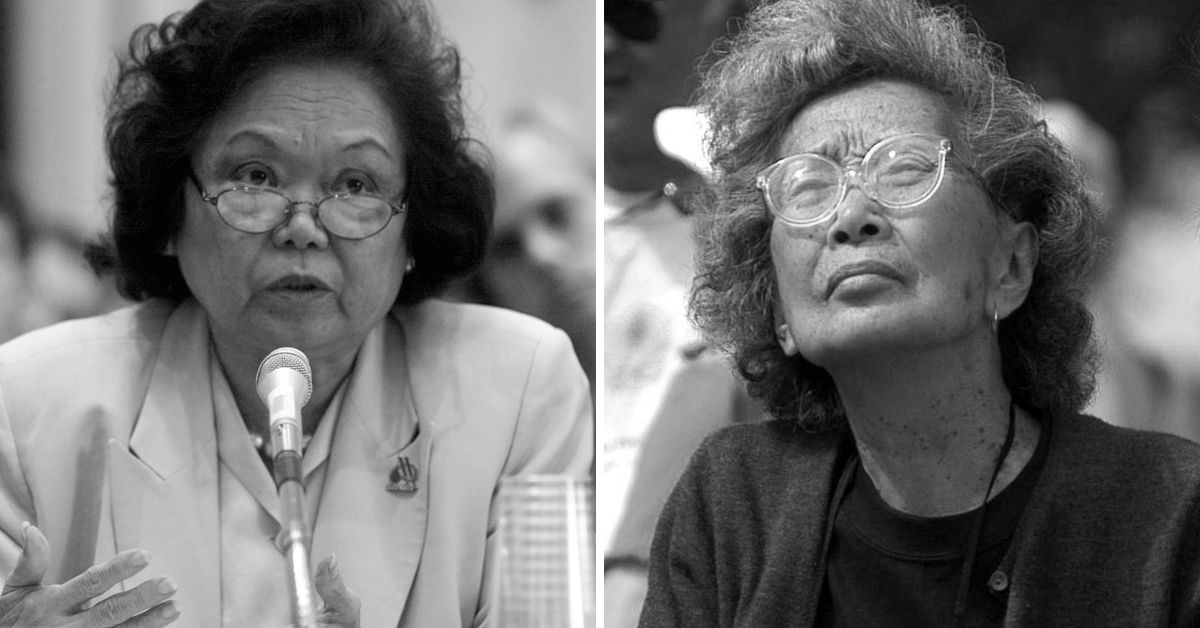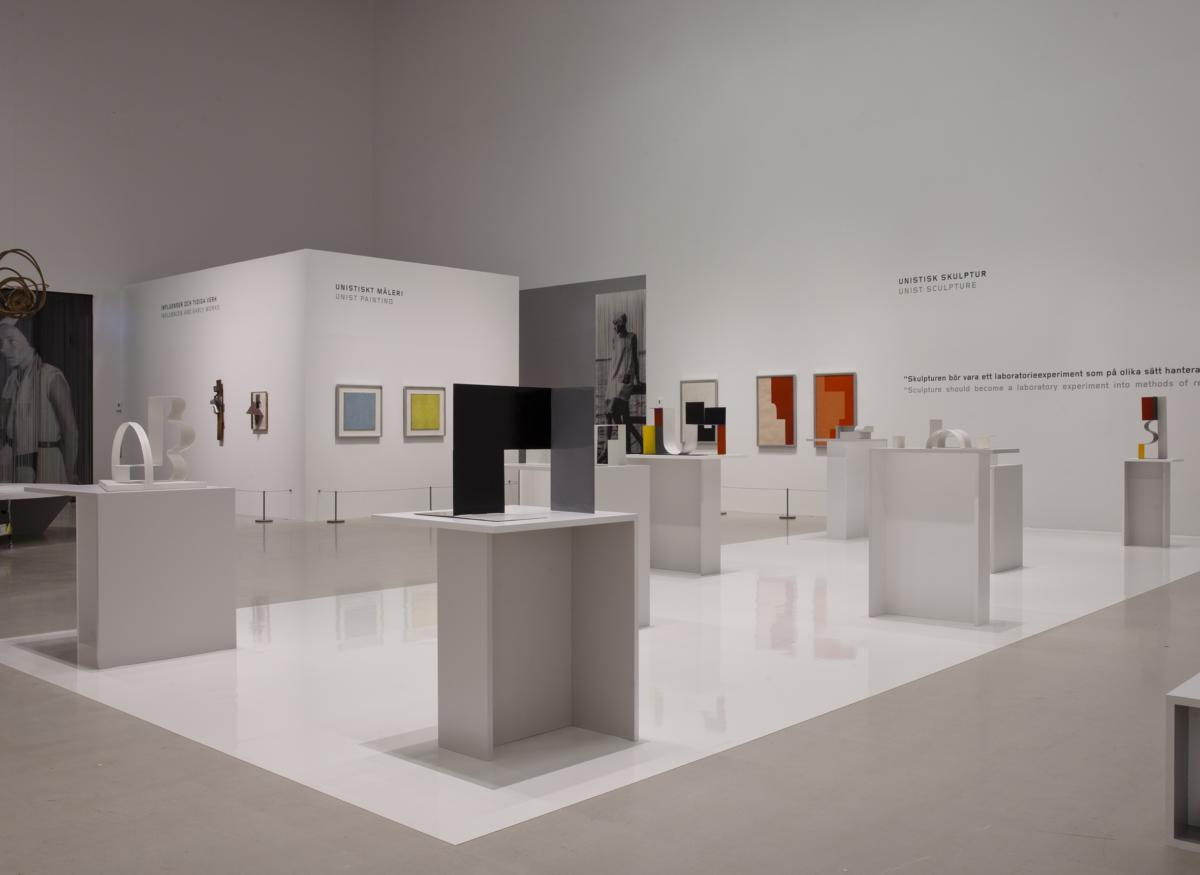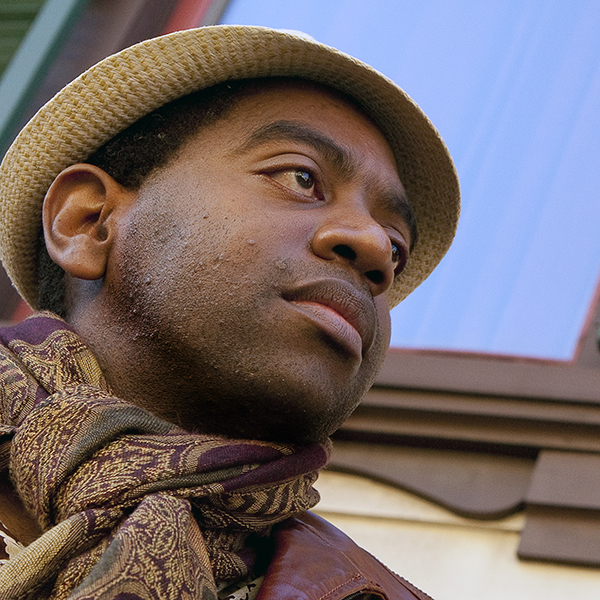Asian American women’s history is a vibrant tapestry woven from countless untold stories, yet it has often remained in the shadows of mainstream narratives. This rich history reveals the resilience and contributions of Asian women throughout the past century, as showcased in the inspiring Schlesinger Library exhibition. Through artifacts such as photographs, political posters, and personal narratives, visitors can explore the significant yet overlooked roles that Asian American women have played across different epochs in American society. The exhibition invites viewers to delve into Asian women’s stories, recontextualizing their experiences against the backdrop of broader Asian American culture and the history of Asian America. By illuminating these narratives, the exhibition not only honors the past but also encourages a rethinking of how we understand and appreciate diversity within American history.
Delving into the chronicles of Asian American women offers a unique perspective on the broader experiences of Asian communities in the United States. This exploration encompasses the challenges and triumphs faced by these women, revealing their impact on cultural and social movements. Terms like “Asian women’s contributions” and “narratives of Asian identity” reflect the essential stories that have historically been silenced or overlooked. The ongoing efforts to showcase these narratives, such as through museum exhibits and academic research, are pivotal for recognizing the integral role these women have played in shaping American life. By examining such alternative terms and concepts, we can better understand the complexities of the Asian American experience as a fundamental part of the nation’s fabric.
Understanding Asian American Women’s History
Asian American women’s history is a rich tapestry woven with stories of resilience, struggle, and triumph. Often overshadowed in mainstream narratives, these women’s contributions have been critical in shaping the broader narrative of America. The Schlesinger Library exhibit, “Illuminate: Contextualizing Asian American Women’s Stories Through the Archives,” serves as a vital resource in bringing these untold stories to light. By examining archival materials that span over a century, we can gain insights into the lives of women like Ah Fong, who fought legal battles that had implications far beyond their time.
The complexities faced by Asian American women are reflected in diverse experiences, from being marginalized in the immigration discourse to being pivotal figures in the fight for civil rights. Expanding the narrative of Asian American women allows for a deeper understanding of American history itself. This initiative not only seeks to recover lost voices but also demonstrates the intersectionality of race, gender, and national identity in the historical context of Asian America.
Revisiting Marginalized Narratives in Asian American Culture
The exhibition at the Schlesinger Library highlights a critical aspect of Asian American culture—the narratives that have been marginalized or erased from historical discourse. Moving beyond visual representations of women as mere subjects in photographic archives, it critically examines the stories encapsulated in these artifacts. Artwork by Shaina Lu enhances the exhibit, inviting viewers to engage with the often-overlooked perspectives of Asian American women—an essential dialogue for fostering inclusivity in American narratives.
By showcasing materials such as political posters and personal narratives, the exhibit provides a platform for Asian American women to reclaim their voices. The collaboration between students and archivists not only preserves these stories but also encourages contemporary discourse about race and identity, illustrating how Asian women’s stories are integral to understanding the complexities of American history. This emphasis on cultural reclaiming plays a significant role in challenging perceptions and opening discussions on the contributions of Asian Americans in the societal fabric.
Artifacts and Their Significance in Asian American Histories
Artifacts like photographs, political posters, and zines featured in the Schlesinger exhibition are not merely historical objects; they are vessels of memory that encapsulate the struggles and achievements of Asian American women. Such items allow us to visualize their past, recognizing them as pivotal players in historical movements, against contexts like the Chinese Exclusion Act and the internment of Japanese Americans. The narratives interwoven through these artifacts reveal the rich and often painful histories that have shaped the Asian American experience.
The significance of these artifacts lies in their ability to connect the viewer to the lived experiences of Asian American women throughout history. For instance, the photographs captured by Jessie Tarbox Beals, though they portrayed women as exhibits at the 1904 World’s Fair, now encourage revisitation and reinterpretation of their stories. By seeing these women as multi-faceted individuals rather than mere subjects, the exhibit illuminates the ongoing impact of history on identity and community formation within Asian American culture.
Exploring Asian Women’s Stories in Archives
The exploration of Asian women’s stories within archival contexts reveals the nuanced journey of personal and communal identity. At the Schlesinger Library, students have embarked on a journey to unravel narratives that echo their own heritage in modern America. Through projects like examining court cases such as that of Ah Fong, the exhibition highlights how historical injustices faced by Asian American women continue to resonate. This engaging approach not only educates but empowers students to critically analyze how history impacts contemporary society.
By delving into the archives, researchers can uncover forgotten tales of strength among Asian American women, challenging the narrative of invisibility that has often surrounded them. This exploration of Asian women’s stories is crucial in redefining their role in American history, illustrating the power of documentation in shaping cultural recollections. Initiatives like these foster a deeper affinity for understanding the collective struggles and successes within Asian American narratives that have historically been sidelined.
Historical Contexts: Asian American Women in U.S. History
Understanding the historical contexts surrounding Asian American women is essential for an accurate interpretation of the country’s history. The overlap of various significant historical moments, such as the Civil Rights Movement, anti-Asian violence, and the ongoing struggle for immigration rights, situates Asian American women’s experiences as central to these narratives. As curators and students collaborate on research initiatives, they are able to reconnect the historical dots that point to a broader understanding: that Asian American women have always been part of the American discourse, despite often being relegated to the margins.
The Schlesinger Library exhibit and courses like “Asian American Women’s History in the Schlesinger Library” contextualize these women’s narratives within larger historical frameworks, reinforcing the idea that U.S. history cannot be fully understood without acknowledging the voices of Asian American women. By integrating these stories into the broader narrative, educators and archivists provide critical reflections on identity, culture, and the evolving nature of justice and representation.
The Role of Education in Uncovering Asian American Narratives
Education plays a pivotal role in uncovering and reshaping the narratives surrounding Asian Americans, particularly women. The collaborative nature of the course co-taught by Betts and Erika Lee is a testimony to the power of learning in contextualizing history. Through hands-on engagement with archives, students gain not only knowledge but also develop a sense of ownership over the narratives they study. By fostering this educational environment, the Schlesinger Library encourages a new generation to interrogate historical omissions while generating renewed interest in Asian American women’s histories.
Incorporating lessons from archival research into the curriculum allows students to connect personal stories with larger societal movements, changing the dialogue around Asian American identities. This model of co-creation thrives on collaborative inquiry, ensuring that the stories emerging from the archives resonate with current discussions about race and identity. Education thus becomes a powerful tool for both recovery and healing within Asian American communities, enabling individuals to grasp the longstanding impacts of colonialism and discrimination.
Artistic Representations of Asian American Women
Artistic representations of Asian American women challenge stereotypical depictions and celebrate the diversity of their experiences. Shaina Lu’s artwork, featured in the exhibit, acts as a bridge between the past and present, encouraging viewers to engage deeply with the content while questioning historical narratives. Art serves not just as decoration in the exhibition but as a mechanism for dialogue about identity, empowerment, and the ongoing struggle for recognition within society. By using vibrant illustrations, the artwork breathes life into archival materials, making the unseen past more accessible.
These artistic representations encourage the audience to reflect on the implications of how Asian American women have historically been portrayed and to consider the transformative power of art in storytelling. They push against the boundaries of visibility, affirming the significance of Asian women’s stories in the contemporary art landscape. Engaging with these visual narratives at the Schlesinger Library allows for a richer appreciation of Asian American culture, promoting a more nuanced understanding of identity and solidarity in the ongoing quest for social justice.
The Future of Asian American Women’s Archives
The future of Asian American women’s archives depends on proactive efforts to document and celebrate their contributions. Curator Victor Betts has expressed the need to expand the collections at the Schlesinger Library, emphasizing the importance of inclusivity in archival practices. As society evolves, so must the strategies used to preserve the stories of those who have historically been overlooked. This endeavor not only safeguards the past but also enriches present and future dialogues around race, gender, and identity.
Additionally, ongoing collaborations between students, historians, and archivists are essential in shaping a more equitable narrative landscape for Asian American women. By fostering new collections and encouraging community involvement while showcasing these women’s stories, future initiatives aim to illuminate the rich heritage that Asian Americans bring to the United States. The need for continuous exploration and preservation becomes paramount in ensuring these narratives endure for generations to come.
Challenging Historical Erasure of Asian American Women
Challenging the historical erasure of Asian American women is pivotal in reshaping cultural narratives. Recent projects like the exhibition at the Schlesinger Library highlight the long-standing neglect that these women have faced in historical documentation. Highlighting their stories encourages conversations about visibility and representation that are essential in unpacking colonial and racial histories. As the exhibit posits, recognizing these narratives enriches our comprehension of not only Asian American history but also of American history as a whole.
These efforts to reclaim narratives are not just about rectifying the past; they are about influencing the future understanding of Asian Americans in society. For women like Ah Fong and numerous others, their courage in navigating a complex legal and social landscape serves as a testament to the power of resilience. By confronting the erasure directly and voicing these histories, we can foster a more inclusive understanding of American identity that celebrates the richness of diversity.
Frequently Asked Questions
What is the significance of the Schlesinger Library exhibition on Asian American women’s history?
The Schlesinger Library exhibition, titled “Illuminate: Contextualizing Asian American Women’s Stories Through the Archives,” highlights the often-overlooked narratives of Asian American women. By showcasing artifacts and archival materials spanning 150 years, the exhibition aims to shed light on their diverse roles in history, challenging assumptions and encouraging broader understanding of Asian American culture.
How does the exhibition highlight erasure in Asian American women’s stories?
The exhibition delves into the theme of erasure by presenting the stories of Asian American women who have been historically marginalized or hyper-visible. It encourages visitors to confront the absence of these narratives in American history, illustrated by the accounts of women like Ah Fong, who took significant legal action in the 19th century, yet remain largely unknown today.
What types of materials are displayed in the Schlesinger Library exhibition related to Asian American women’s history?
The exhibition showcases a rich variety of materials including photographs, political posters, comic books, and zines tied to Asian American women’s history. It contextualizes these artifacts within significant historical events such as the Chinese Exclusion Act and the Japanese American internment, illustrating the complexities of Asian American narratives.
Can you tell me about the collaboration between students and archivists at the Schlesinger Library?
Students at Harvard collaborated with archivists to explore and uncover the stories of Asian American women through the exhibition. The course, co-taught by Victor Betts and Erika Lee, emphasized co-teaching and co-creation, where students engaged with archival materials to research and tell these vital stories, thereby enriching the understanding of Asian American culture.
Why are the stories of Asian American women important to American history?
The stories of Asian American women are crucial to understanding the broader narrative of American history because they reveal the complexities and contributions of diverse groups within the nation. As curator Victor Betts states, “Asian American history is American history,” highlighting the need to incorporate these narratives into the collective understanding of U.S. history.
What role did Jessie Tarbox Beals play in preserving Asian American women’s history?
Jessie Tarbox Beals, one of America’s first female photojournalists, played an instrumental role in preserving Asian American women’s history by archiving photographs of Ainu and Visayan women presented at the 1904 World’s Fair. Her work allows contemporary audiences to revisit and reflect on the narratives of these women, showcasing their importance in the historical discourse on Asian American history.
How does the exhibition address contemporary Asian American women narratives?
The Schlesinger Library exhibition contrasts historical narratives with contemporary stories of Asian American women, showcasing how modern voices, such as renowned chefs and authors, are reclaiming their narratives. This shift emphasizes the growing agency of Asian American women in narrating their own experiences, in stark contrast to previous generations who often had their stories told by others.
What can viewers expect to learn from visiting the Schlesinger Library exhibition on Asian American women’s stories?
Visitors to the Schlesinger Library exhibition can expect to learn about the rich and often untold history of Asian American women. The exhibition encourages critical engagement with these narratives, prompting viewers to reconsider what has been omitted from mainstream history and to appreciate the significance of Asian American culture in the broader American context.
| Key Points |
|---|
| The Schlesinger Library hosts an exhibition titled ‘Illuminate: Contextualizing Asian American Women’s Stories Through the Archives’ showcasing the overlooked history of Asian American women. |
| The exhibition includes artifacts such as photographs of Ainu and Visayan women from the 1904 World’s Fair. |
| Curator Victor Betts emphasizes that Asian American women’s history is often marginalized in archives and narratives. |
| The exhibition involved students from a course co-taught by Betts and Erika Lee, focusing on the historical narratives of Asian American women. |
| Students explored various aspects of erasure and hypervisibility of Asian American women through archival material. |
| The exhibit features a variety of media, including photographs, political posters, comic books, and zines relevant to Asian American women. |
| Betts remarks that while contemporary collections have more Asian American women narrating their stories, earlier women lacked this opportunity. |
| The exhibit aims to ignite discussions about the marginalization of Asian American women’s stories and their significance in the broader American history. |
| The exhibition runs until January 23 and is part of a broader effort to preserve and honor the narratives of Asian American women. |
Summary
Asian American women’s history is often unrecognized and overlooked, yet it plays a vital role in understanding the broader narrative of American society. Exhibitions like ‘Illuminate’ at the Schlesinger Library shed light on these marginalized stories, showcasing the contributions and experiences of Asian American women throughout history. Through collaborative efforts and extensive research, the exhibition encourages a renewed perspective on their impactful roles, bridging the gaps in archives and urging viewers to acknowledge the importance of these narratives in the context of American history.




